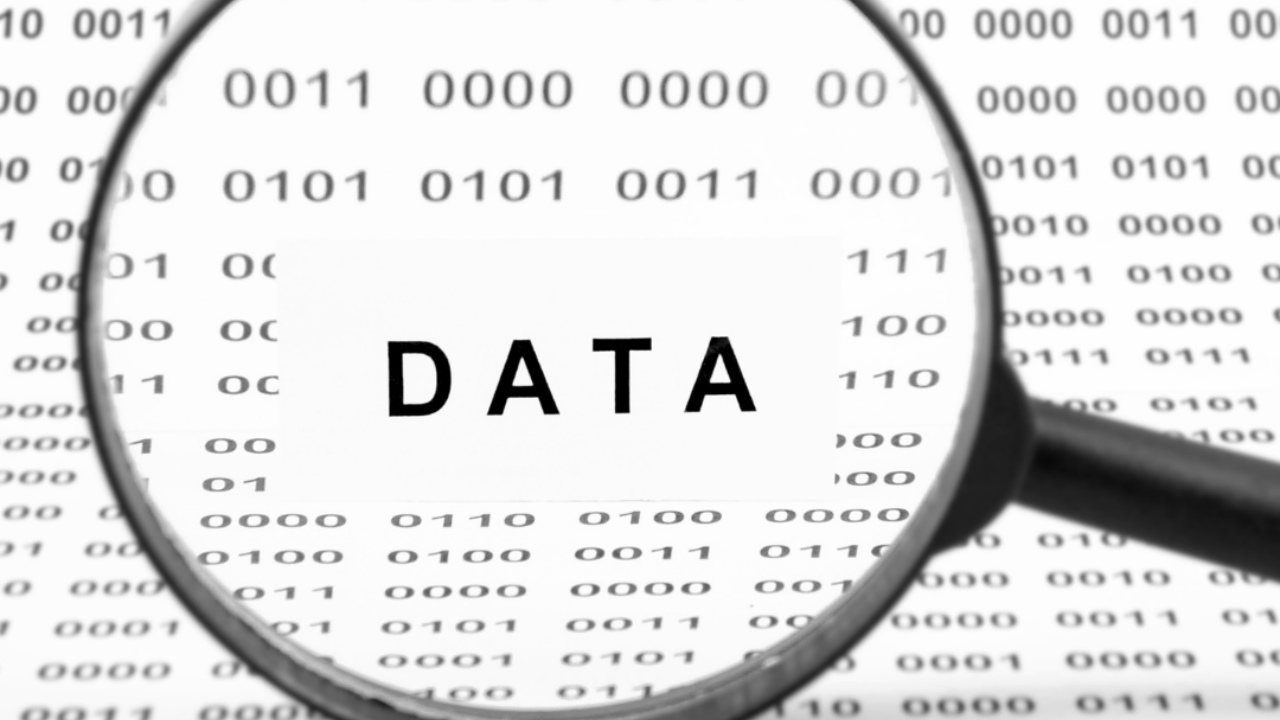SD #33: The 500 Terabyte Question: Are You Making Your Data Count?
Mar 08, 2023
Read Time: 5.0 minutes
Use specificity to dimensionalize the benefit you’re claiming. What do I mean by “dimensionalize”? Make it three dimensional. Make it real.
— Ray Edwards, Author of How to Write Copy That Sells
Too often, people are leaving money on the table when it comes to data because they think the data speaks for itself. Spoiler alert: it doesn't. You need to provide context around your data point, so you can bring the point to life and make your audience care.
What’s the Tip?
Data doesn't speak for itself. That's why, it's important to use analogies and context in your messaging to transform a one-dimensional statement that's easily dismissed into a three-dimensional point that's too good to be ignored!
How Do You Use It?
Ok, data doesn't speak for itself, so what do you do?
Let's use the example of terabytes. Let's say you're a global network provider able to transfer 500 terabytes of data in nanoseconds. As an engineer or salesperson for the company, you know that's impressive.
But is that impressive to the customer? The first thing to do is simply ask "so, what?". This question serves as a proxy for your audience. You have to ask yourself, why should they care?
The second thing to do is answer the question, "so what?". To do that, conduct an internet search for "500 terabytes" and see what that is equal to. If nothing comes up, give up and move on. JUST KIDDING!
Keep digging. Try searching "1 terabyte" and see what comes up. Whatever that is, well, multiply it by 500.
In our search for "1 terabyte", we found that it's equal to:
- 250,000 photos taken with a 12MP camera;
- 250 movies or 500 hours of HD video; or
- 6.5 million document pages, commonly stored as Office files, PDFs, and presentations;
- It's also equal to 1,300 physical filing cabinets of paper!
Now, we're getting somewhere! Here's the source link:
https://experience.dropbox.com/resources/how-much-is-1tb
For your last step, rework the example of, "Our global network can transfer 500 terabytes of data in nanoseconds" to say: "As a preeminent global network, we're able to transfer 500 terabytes of data in nanoseconds. That's like being able to download 125,000 movies in the blink of an eye".
Now that will get a customer's attention!
What is an Example?
Here's another great example of how using analogies and context can make something relevant to your audience. This one comes from a group called teradata.com:
"It has been estimated that 10 terabytes could hold the entire printed collection of the U.S. Library of Congress, while a single TB could hold 1,000 copies of the Encyclopedia Brittanica".
Source link: https://www.teradata.com/Glossary/What-is-a-Terabyte
What Are the Benefits to You?
The benefit is two-fold. First, you're able to bring dimension and meaning to a cold, abstract data point. Second, when you make your data point matter, you can leverage it better.
TL:DR
The big takeaway from all of this is when you've got something important to say but it's abstract, do the work of making it come to life for your audience. The best way to do that is to keep asking "so, what?"
Keep digging. Don't be satisfied with your first set of results.
Narrow the field if you need to...in other words, go from 500 terabytes to 1 terabyte.
Dimensionalize! Make your data point concrete and real, so your audience can see it in their mind's eye can walk around it, if you will.
If you don't take the time to bring dimension to your data and help your audience or customer "walk around," they may choose to go around it, meaning they dismiss your data point all together.

